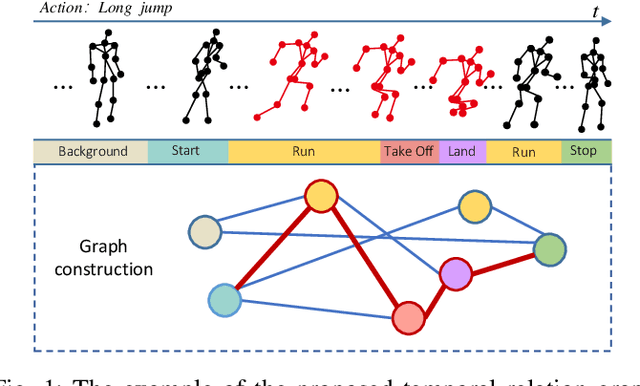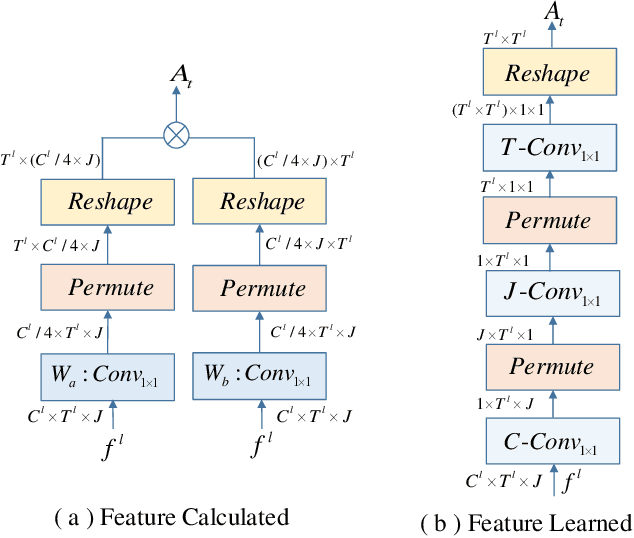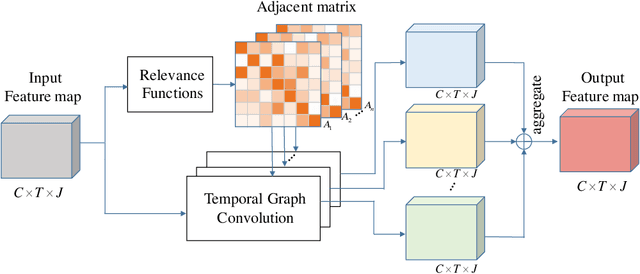Yuhan Cao
Aligning Agents like Large Language Models
Jun 06, 2024Abstract:Training agents to behave as desired in complex 3D environments from high-dimensional sensory information is challenging. Imitation learning from diverse human behavior provides a scalable approach for training an agent with a sensible behavioral prior, but such an agent may not perform the specific behaviors of interest when deployed. To address this issue, we draw an analogy between the undesirable behaviors of imitation learning agents and the unhelpful responses of unaligned large language models (LLMs). We then investigate how the procedure for aligning LLMs can be applied to aligning agents in a 3D environment from pixels. For our analysis, we utilize an academically illustrative part of a modern console game in which the human behavior distribution is multi-modal, but we want our agent to imitate a single mode of this behavior. We demonstrate that we can align our agent to consistently perform the desired mode, while providing insights and advice for successfully applying this approach to training agents. Project webpage at https://adamjelley.github.io/aligning-agents-like-llms .
Visual Encoders for Data-Efficient Imitation Learning in Modern Video Games
Dec 04, 2023Abstract:Video games have served as useful benchmarks for the decision making community, but going beyond Atari games towards training agents in modern games has been prohibitively expensive for the vast majority of the research community. Recent progress in the research, development and open release of large vision models has the potential to amortize some of these costs across the community. However, it is currently unclear which of these models have learnt representations that retain information critical for sequential decision making. Towards enabling wider participation in the research of gameplaying agents in modern games, we present a systematic study of imitation learning with publicly available visual encoders compared to the typical, task-specific, end-to-end training approach in Minecraft, Minecraft Dungeons and Counter-Strike: Global Offensive.
Temporal Graph Modeling for Skeleton-based Action Recognition
Dec 16, 2020



Abstract:Graph Convolutional Networks (GCNs), which model skeleton data as graphs, have obtained remarkable performance for skeleton-based action recognition. Particularly, the temporal dynamic of skeleton sequence conveys significant information in the recognition task. For temporal dynamic modeling, GCN-based methods only stack multi-layer 1D local convolutions to extract temporal relations between adjacent time steps. With the repeat of a lot of local convolutions, the key temporal information with non-adjacent temporal distance may be ignored due to the information dilution. Therefore, these methods still remain unclear how to fully explore temporal dynamic of skeleton sequence. In this paper, we propose a Temporal Enhanced Graph Convolutional Network (TE-GCN) to tackle this limitation. The proposed TE-GCN constructs temporal relation graph to capture complex temporal dynamic. Specifically, the constructed temporal relation graph explicitly builds connections between semantically related temporal features to model temporal relations between both adjacent and non-adjacent time steps. Meanwhile, to further explore the sufficient temporal dynamic, multi-head mechanism is designed to investigate multi-kinds of temporal relations. Extensive experiments are performed on two widely used large-scale datasets, NTU-60 RGB+D and NTU-120 RGB+D. And experimental results show that the proposed model achieves the state-of-the-art performance by making contribution to temporal modeling for action recognition.
 Add to Chrome
Add to Chrome Add to Firefox
Add to Firefox Add to Edge
Add to Edge